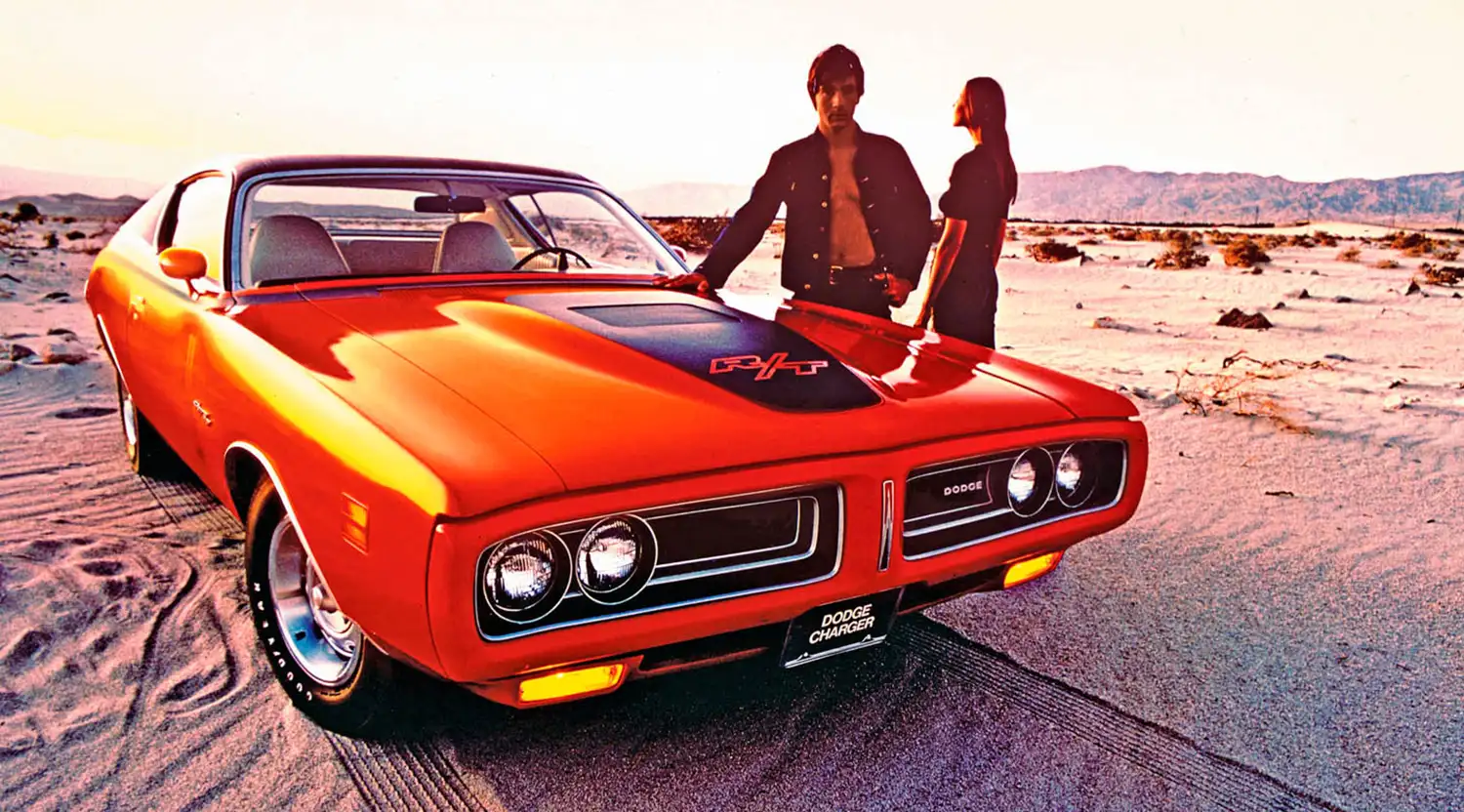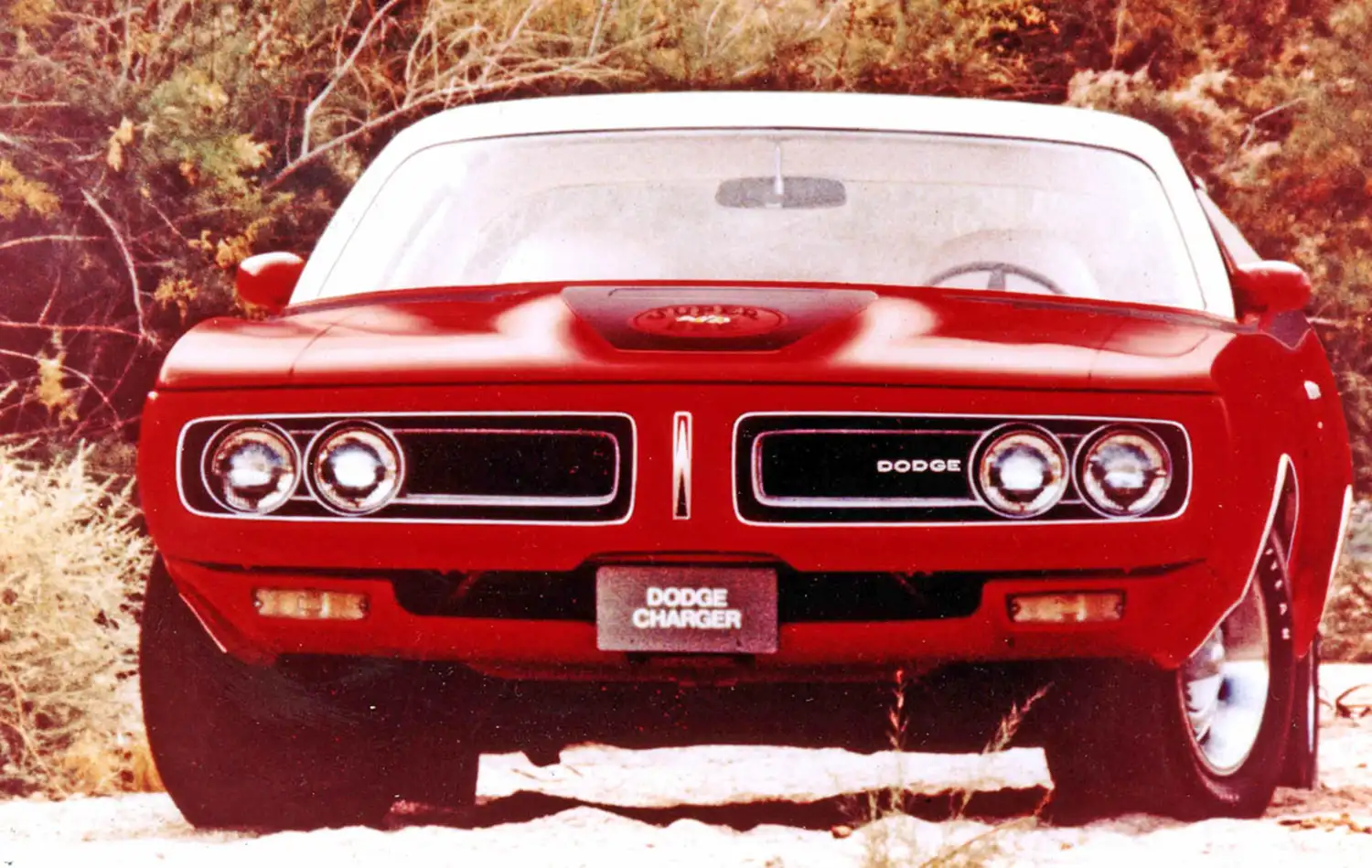
The third-generation Dodge Charger, debuting in 1971, marked a pivotal moment in the history of this iconic nameplate. Evolving from its predecessors, the Charger underwent significant changes in design and performance to adapt to shifting industry trends and customer demands.
Body: The 1971 Dodge Charger, with a slightly shorter wheelbase and modernized appearance, retained its essence while embracing contemporary styling cues. Despite initial apprehensions from enthusiasts, the 1971 model outsold its predecessors, solidifying its place in automotive history.

In response to changing regulations and consumer preferences, the Charger lineup diversified to cater to a broader audience. From the base model to the high-performance R/T and Super Bee variants, Dodge offered a range of powertrain options, including the renowned HEMI engine, albeit for the last time.
The Charger SE emerged as the brand’s top seller, blending luxury features with versatile powertrain choices. Meanwhile, the Charger R/T, distinguished by its iconic louvered dome hood and muscular stance, bid farewell after the 1971 model year.

As the era of muscle cars waned, Dodge introduced the Rallye package in 1972, emphasizing handling over raw power. Despite these updates, the Charger retained its sporty allure with exterior refinements and vibrant color options.
The Super Bee variant, synonymous with performance, showcased Dodge’s commitment to delivering exhilarating driving experiences. With a range of potent powertrain options and aggressive styling cues, the Super Bee embodied the spirit of American muscle.

The 1973 model year witnessed further enhancements, including a redesigned grille and tail lamps, underscoring Dodge’s commitment to continuous improvement. Powertrain options remained robust, catering to diverse customer preferences.
By 1974, however, the Charger underwent its final transformation, prioritizing comfort and safety over performance. The introduction of the Charger “Spring Special” reflected this shift, offering luxurious features and subdued styling.

Conclusion: The third-generation Dodge Charger encapsulates the evolution of an automotive icon, adapting to changing times while preserving its heritage. From its inception in 1971 to its final iteration in 1974, the Charger epitomized the spirit of American muscle, leaving an indelible mark on enthusiasts and collectors alike.
This era witnessed the Charger’s transition from a purebred performance machine to a refined grand tourer, reflecting broader shifts in the automotive landscape. Despite these changes, the Charger’s legacy endures, immortalized in the hearts of enthusiasts and the annals of automotive history.

Variant Specs and Performance:
- Dodge Charger SE:
- Engine Options: 318 cubic-inch V-8 to 440 Magnum V-8
- Notable Features: Cloth and vinyl split-back bench seats, ignition lock, chromed pedals
- Dodge Charger R/T:
- Engine: 440 Magnum V-8
- Notable Features: Louvered dome hood, horizontal bodyside stripes, heavy-duty suspension
- Dodge Charger Rallye:
- Engine Options: 340 cubic-inch V-8, 400 cubic-inch V-8
- Notable Features: Sculpted grille, scalloped doors, black-out tape, multi-louvered tail lamps
- Dodge Charger Super Bee:
- Engine Options: 340 cubic-inch V-8, 383 cubic-inch V-8, 440 cubic-inch V-8
- Notable Features: Aggressive styling cues, high-performance engine options, bold graphics

The post Dodge Charger – 1971 to 1974 (Generation: III) appeared first on EN.WHEELZ.ME.




